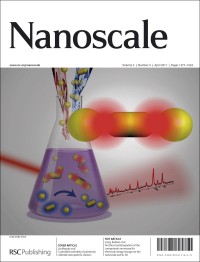 Issue 4, 2011 of Nanoscale is now online, here are just some of the highlights…
Issue 4, 2011 of Nanoscale is now online, here are just some of the highlights…
Review
Electrostatics at the nanoscale
David A. Walker, Bartlomiej Kowalczyk, Monica Olvera de la Cruz and Bartosz A. Grzybowski, Nanoscale, 2011, 3, 1316
Feature article
Supramolecular assembly/reassembly processes: molecular motors and dynamers operating at surfaces
Artur Ciesielski and Paolo Samorì, Nanoscale, 2011, 3, 1397
‘HOT’ Communication
A simple and scalable graphene patterning method and its application in CdSe nanobelt/graphene Schottky junction solar cells
Yu Ye, Lin Gan, Lun Dai, Yu Dai, Xuefeng Guo, Hu Meng, Bin Yu, Zujin Shi, Kuanping Shang and Guogang Qin, Nanoscale, 2011, 3, 1477
Issue 4’s front cover features the review by Luis M. Liz-Marzán on controlled assembly of plasmonic colloidal nanoparticle clusters (DOI: 10.1039/C0NR00804D).
Browse the whole issue today online.











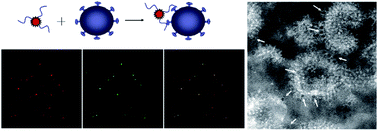
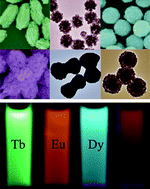
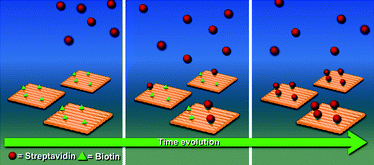 The team recorded the whole dynamic process of the streptavidin–biotin binding reaction. They found that at a streptavidin concentration of 7.6 nM, the binding ratio increased steadily up to nearly 100% within 30 minutes.
The team recorded the whole dynamic process of the streptavidin–biotin binding reaction. They found that at a streptavidin concentration of 7.6 nM, the binding ratio increased steadily up to nearly 100% within 30 minutes.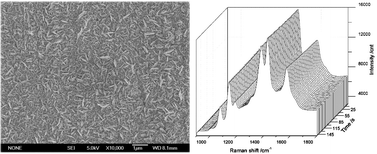
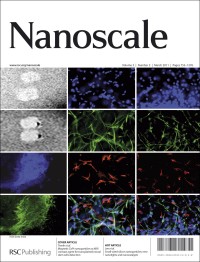
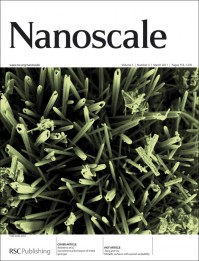
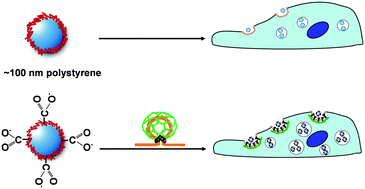 HOT Nanoscale paper
HOT Nanoscale paper